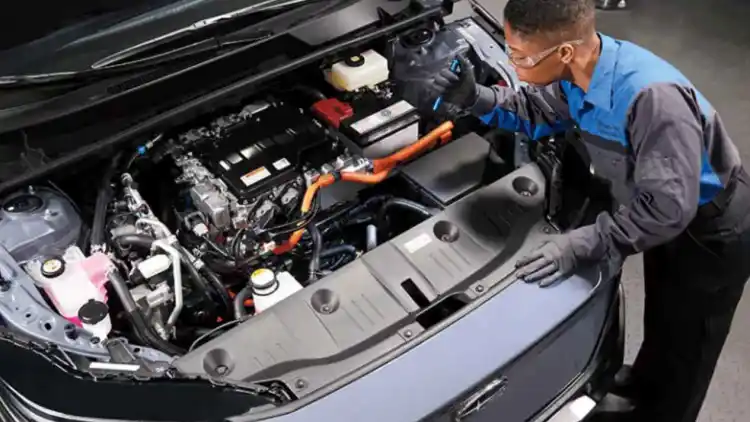- Sarah’s Journey With Her Neighborhood’s First Hybrid
- Myth 1: Hybrids Require Constant Plugging In
- Myth 2: Hybrids Are Costlier to Maintain and Repair
- Myth 3: Hybrids Only Save Fuel in Cities
- Myth 4: Hybrids Aren’t Fun to Drive
- Key Hybrid Car Benefits
- Practical Comparison: Hybrid vs Gasoline Cars
A quarter century after hybrids entered mainstream markets, myths still dominate public conversations for new buyers and owners. From the first Toyota Prius to the latest hybrid Ferraris, rumors persist: hybrids are complex, inconvenient, or must be constantly plugged in. This professional rewrite digs into the origins of these misconceptions, offers scientific clarity, and presents user-based and technical comparisons of hybrid technologies—complete with a narrative fable showing that mastering this tech is far easier than many assume.

Sarah’s Journey With Her Neighborhood’s First Hybrid
When Sarah set out to pick a family car that would cut weekly fuel bills and reduce carbon footprint, she worried about hybrid complexity—neighbors warned her about “expensive batteries” and “nightly charging.” But her daily experience brought surprises: her car always started with no fuss, never needed home charging, and proved quieter and more efficient in town and on the highway. Within months, Sarah realized most of what she’d heard were myths, not reality.
Myth 1: Hybrids Require Constant Plugging In
Conventional hybrids never need to connect to external electricity.
Plug-in hybrids (PHEVs) are different and do offer charging ports, but most standard hybrids self-charge using regenerative braking energy from wheel rotation.
Only plug-in hybrids call for extra charging; regular hybrids recharge themselves in daily use.

Myth 2: Hybrids Are Costlier to Maintain and Repair
It’s true that replacing hybrid batteries is expensive, but all brands offer battery warranties for at least 8 years/100,000 miles (some up to 10 years/150,000 miles).
In practice, batteries often outlast the car itself thanks to modern management tech.
Lower use of combustion engine and brakes means less wear and fewer maintenance needs—oil, filters, brake pads.
Conventional powertrain still needs routine oil and belt services, but no special complexity for hybrids.
Myth 3: Hybrids Only Save Fuel in Cities
Hybrids do excel in urban driving due to frequent stops, starts, and regenerative braking.
However, highway driving still benefits: hybrid systems supplement engine power during acceleration or heavy loads.
Real-world example: Kia Carnival Hybrid shows only a small difference in fuel economy between city and highway compared to its gasoline-only version.
Myth 4: Hybrids Aren’t Fun to Drive
Modern performance hybrids change the game—Porsche T-Hybrid, Ferrari F80, and McLaren hypercars are among the world’s fastest.
Instant electric torque fosters thrilling acceleration and dynamic driving in many models.
Flexible blending of gasoline and electric power gives engineers a fresh playground for responsive driving excitement.
Key Hybrid Car Benefits
Dramatic fuel savings compared to gasoline-only vehicles
Lower carbon emissions and compliance with modern environmental regulations
Quiet, efficient daily driving—especially in heavy traffic and start-stop scenarios
Longer life for consumable parts like oil and brake pads
Versatility to select driving modes—electric, hybrid, or gasoline—as needed
Practical Comparison: Hybrid vs Gasoline Cars
A close look at hybrid car experience and data shows that most widespread beliefs are outdated myths—no longer true thanks to modern engineering. Hybrids aren’t difficult or pricey: they deliver real savings, safety, and even driving pleasure, with robust reliability for daily users. As hybrid supercars show new performance and environmental standards, the real difference is not in technical limits but in how quickly they can overturn market perceptions—perhaps soon becoming the first choice for families seeking smart and eco-friendly driving.





